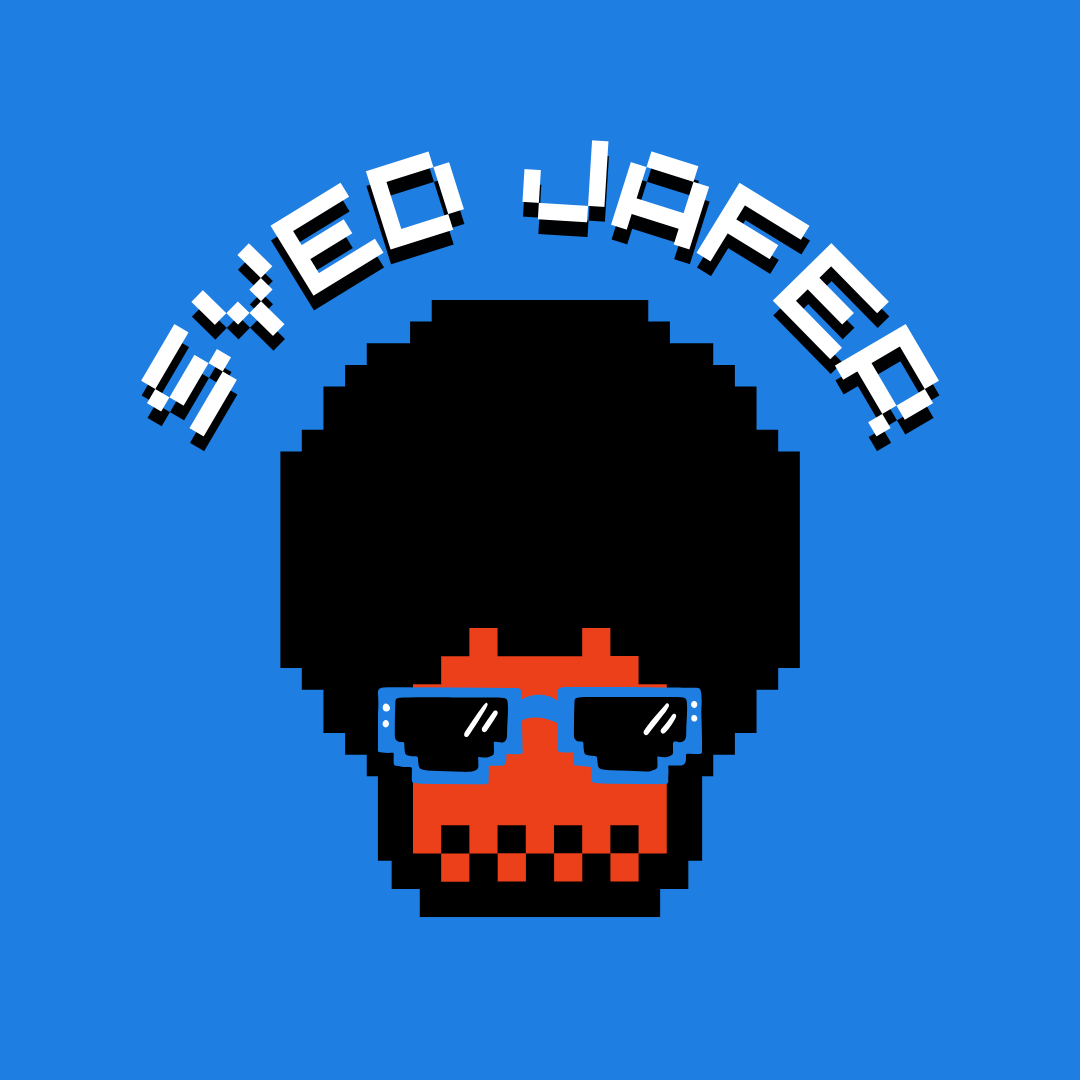Project 3 - MNIST Handwritten Digit Recognition
 Syed Jafer K
Syed Jafer K
Introduction
Tensorflow.js lets you develop or execute ML models in JavaScript, and use ML directly in the browser client side, server side via Node.js, mobile native via React Native, desktop native via Electron, and even on IoT devices via Node.js on Raspberry Pi.
One of the other beauty in TensorFlow.js is that you can train a Machine Learning Model in Python using Keras or Tensorflow and deploy it on a browser using TensorFlow.js. No need for an external service (flask api or something like that) to run your queries.
Checkout the Digit Recognizer Web app : https://syedjafer.github.io/digit-recognizer-webapp/
MNIST Digit Recognizer
Everyone who started learning ML, would have reached kaggle to do some handson. And they would have definitely seen the Digit Recognizer competition to startby. This web application is the conversion of the digit recognizer model to a standalone web application without any external services.
Steps Involved in creating the application.
- I consider two different datasets QMNIST - The Extended MNIST Dataset and Digit Recognizor.
- Then I have used CNN for the model training. Please refer to my kaggle notebook for the training part and model generation.
- Convert the model object to model.json using tensorflowjs-converter. [Refer Notebook]
- For the frontend part, i have used bootstrap and canvas for drawing the image by the user.
- Using tensorflow.js, we will be using the model.json generated and use that to predict the input image.
Deployment
Since this is a standalone html page, i deployed it directly in Github Pages. Please checkout the webapp here.
Subscribe to my newsletter
Read articles from Syed Jafer K directly inside your inbox. Subscribe to the newsletter, and don't miss out.
Written by
